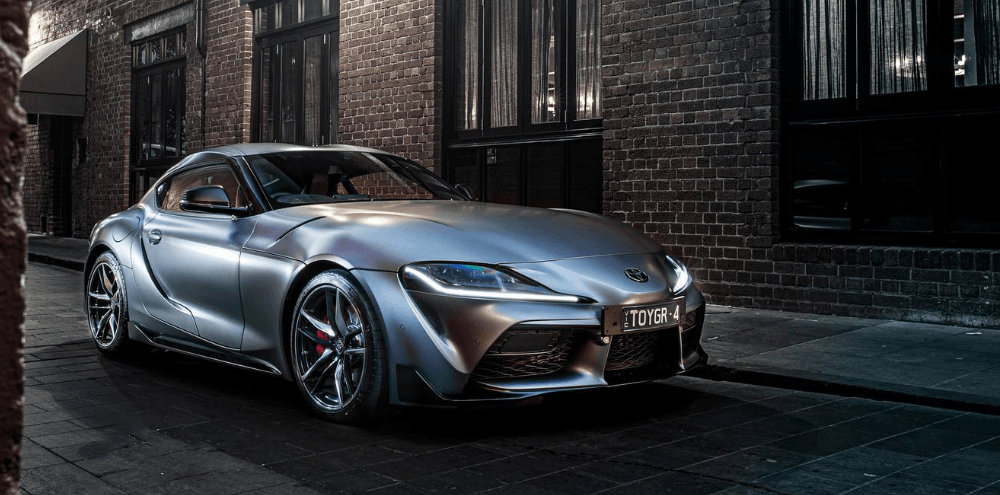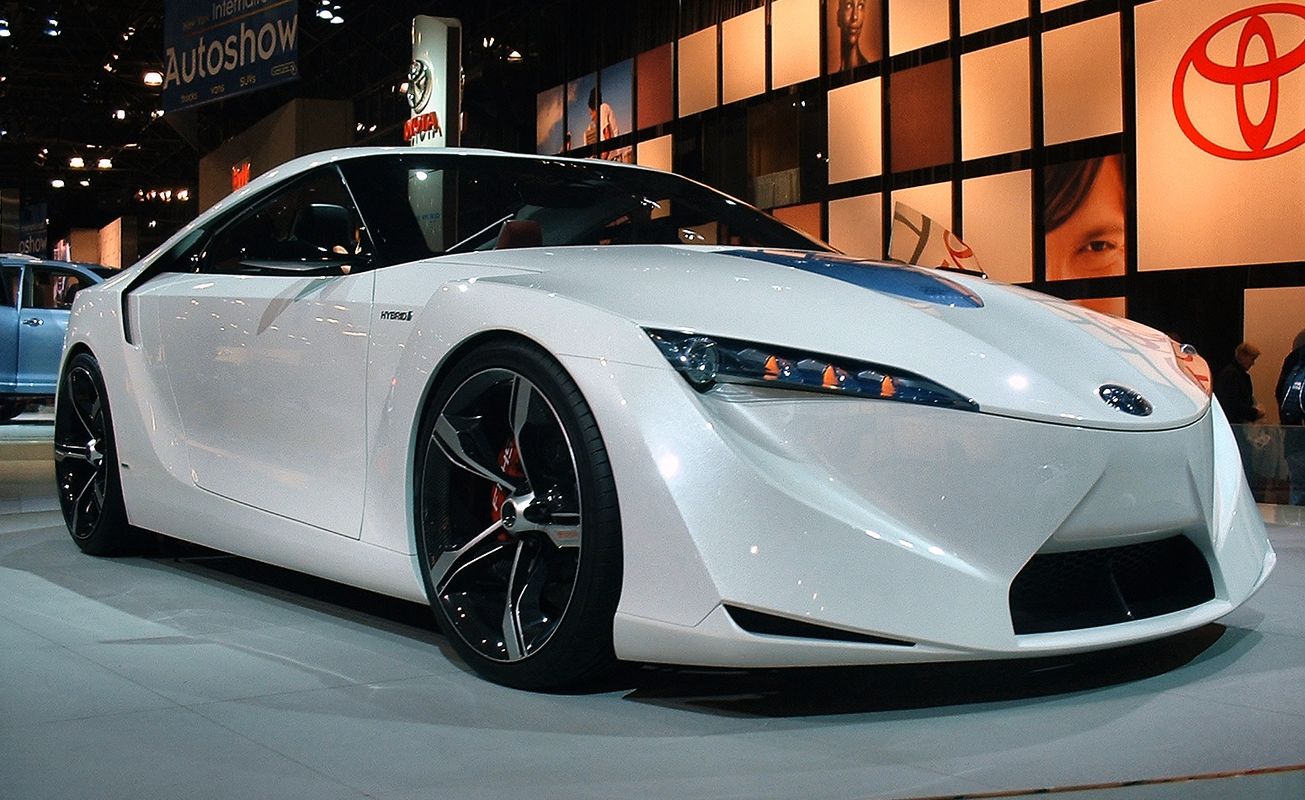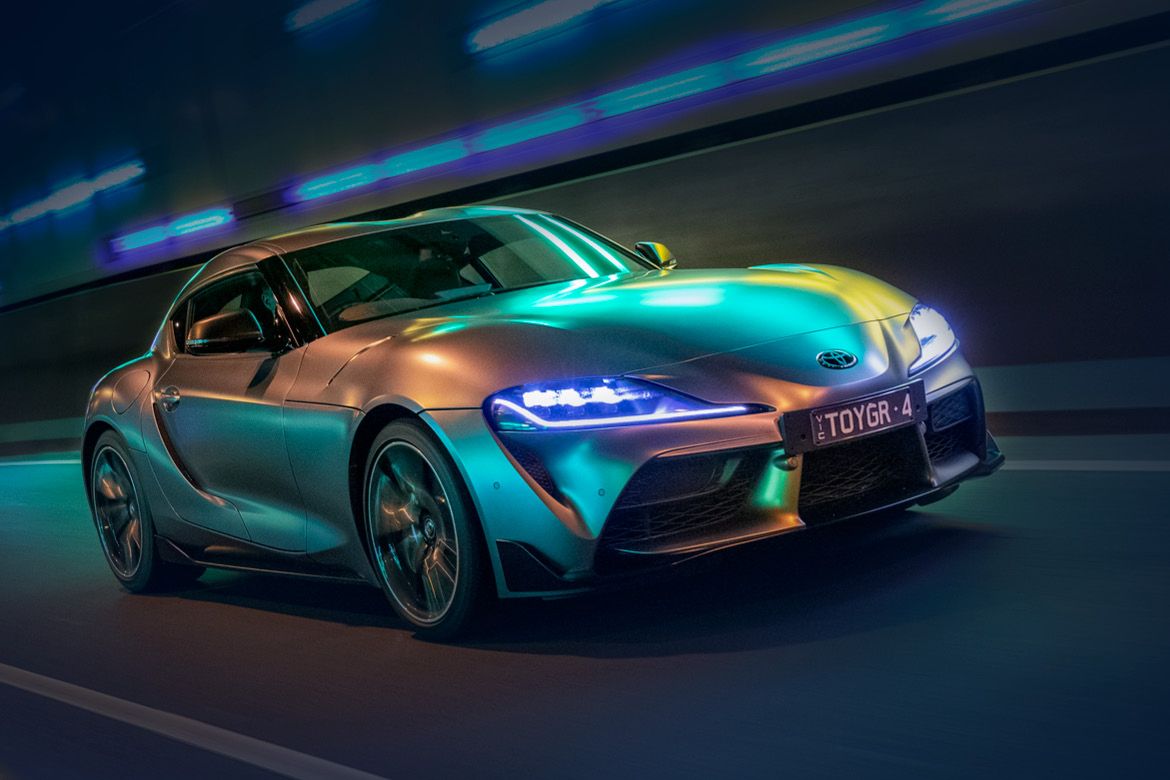The Return of the Supra

Blog by Dave Carey.
Toyota reintroduced the Supra to a sports car-hungry market just on a year ago. The new, Toyota GR Supra GTS J29-model, with input from BMW, currently leads the way in traditional sports car tech. No hybrid power; just cams, revs, turbos and grunt. If you want in, as little as $30.00 gives you the chance.
We recently documented how Toyota introduced a snoozy boulevard cruiser named the Supra in the 70s, then nurtured the marque into the sporting legend it is today throughout the 80s and 90s. Partnerships with Yamaha and Lotus granted it multiple cams and excellent handling, with Toyota’s renowned quality and reliability doing the rest.
Therefore, it should come as no surprise that Toyota has partnered with another manufacturer to create the latest, GR Supra GTS; an outside influence instrumental in pulling Toyota’s reborn superstar out of development hell and onto the road. Likewise, your involvement is also instrumental in finding a cure for cancer; your partnership is essential, and you may even put the new Supra in your driveway for lending a hand.
The development of the new Supra was far from linear, with a few twists and turns along the way. Sports car fans were overjoyed when Toyota debuted the FT-HS in 2007. The cutting-edge coupe utilised a 298kw 3.5 litre V6 coupled to a quick-charging, capacitor-type hybrid system to provide some extra oomph.

Toyota FT-HS at North American Motor Show
Taught and stylish, the targa-topped concept car was projected to hit 100km/h in just over four seconds and lob in Toyota showrooms for around $35,000 American. Sadly, years of rumours that the FT-HS would become the next Supra came to nothing; the car remained a concept curio. Squinting at a Toyota 86, it’s clear some styling DNA carried through to Toyota’s second-tier sports car, even if the powerful, hybrid V6 did not.
Besides, a hybrid V6 does not a Supra make – Toyota’s flagship sports cars have always used straight-six technology – from the cult-like 2000GT of 1967 to the Supra’s unexceptional debut as a derivative of the Celica. The final, JZA80 Supra did so too in the legendary 2JZ, yet despite enjoying colossal, turbo-fed stardom throughout the 90’s and 00s at the hands of drifters and racers, the iconic model was laid to rest in 2002. Until now. And you can grab one too, fresh off the line for $102,292. Or simply enter the draw to win one for as little as $30.00.
The next chapter in the Supra story began in 2012 when Akio Toyoda, CEO of Toyota Motor Corporation, approved the creation of a concept coupe based on sketches by Kevin Hunter. Then president of Toyota’s Californian-based Calty Design Research facility, Hunter’s design was a futuristic and dramatic sports car, yet something wholly feasible to mass produce if the stars aligned.
The result was the 2014 Toyota FT-1 and with it, Supra-hype returned. The low-slung, muscular concept had two doors, a long bonnet and a short rear deck, while under said bonnet, there was… mystery; possibly even nothing at all. Certainly nothing Toyota was happy to share, straight six or otherwise. Clearly, the FT-1 wasn’t ready to become the Supra.

Styling aside, any car to wear the legendary Supra name would have to run a straight six petrol motor; tradition demanded it even though Toyota hadn’t built one since 2007. But you know who had been building straight six motors that whole time? A little German company called Bayerische Motoren Werke AG, also known as BMW. In fact, BMW have been building inline sixes for 85 of the last 87 years and thanks to their M-division, knows how to make them fast.
Talks between BMW and Toyota began early in 2012, just as the FT-1 project kicked off; perhaps the stars were aligning after all. With a smorgasbord of straight sixes to choose from, Toyota sensibly selected the sporty 3.0 litre, turbocharged, 250kw B58 fitted to the BMW Z4 roadster. The Supra also shares the Z4’s chassis and suspension design, leaving Toyota to finely adapt FT-1-inspired bodywork and interior, plus input their own handling tune. In a remarkable break from tradition, the Supra isn’t built by Toyota in Japan, nor is it built by BMW in Germany; instead it’s built by Canadian-owned Magna Steyr…in Austria; a true multinational.
Fortunately, most of the FT-1’s striking styling made it to the Supra production car, albeit with some concessions to practicality. The wild look masks classic proportions and although the Supra’s unique rear end has been described as divisive, that won’t be your problem if you grab a ticket and win the car. It’s OTHER people who will have that view, because you’ll be in it, writing a new chapter to the Supra story. Make sure you choose a road far from linear, with a few twists and turns along the way; the story of the Supra demands nothing less.
Every ticket purchased supports patient care and drives vital research in the fight against cancer.
Our latest articles about:
